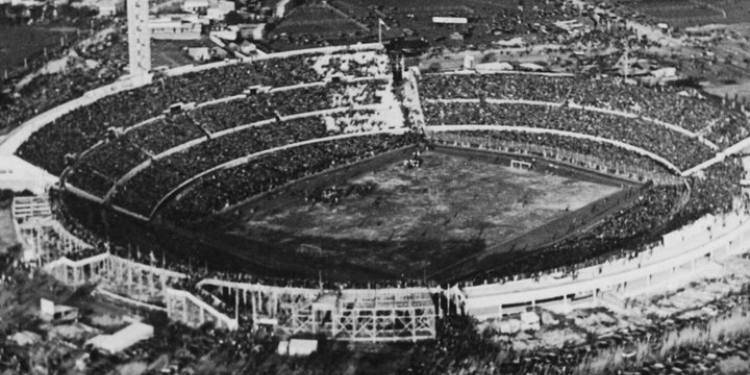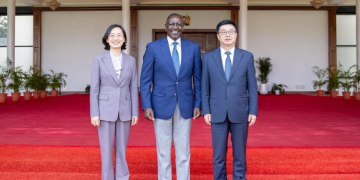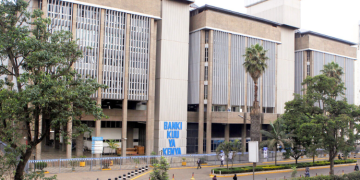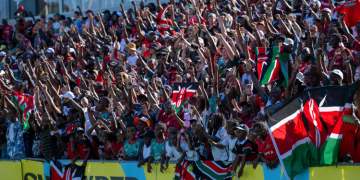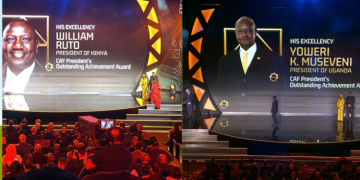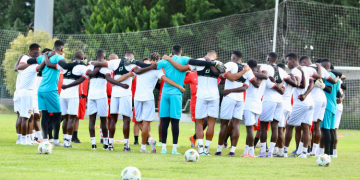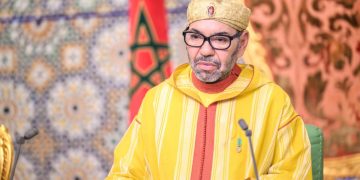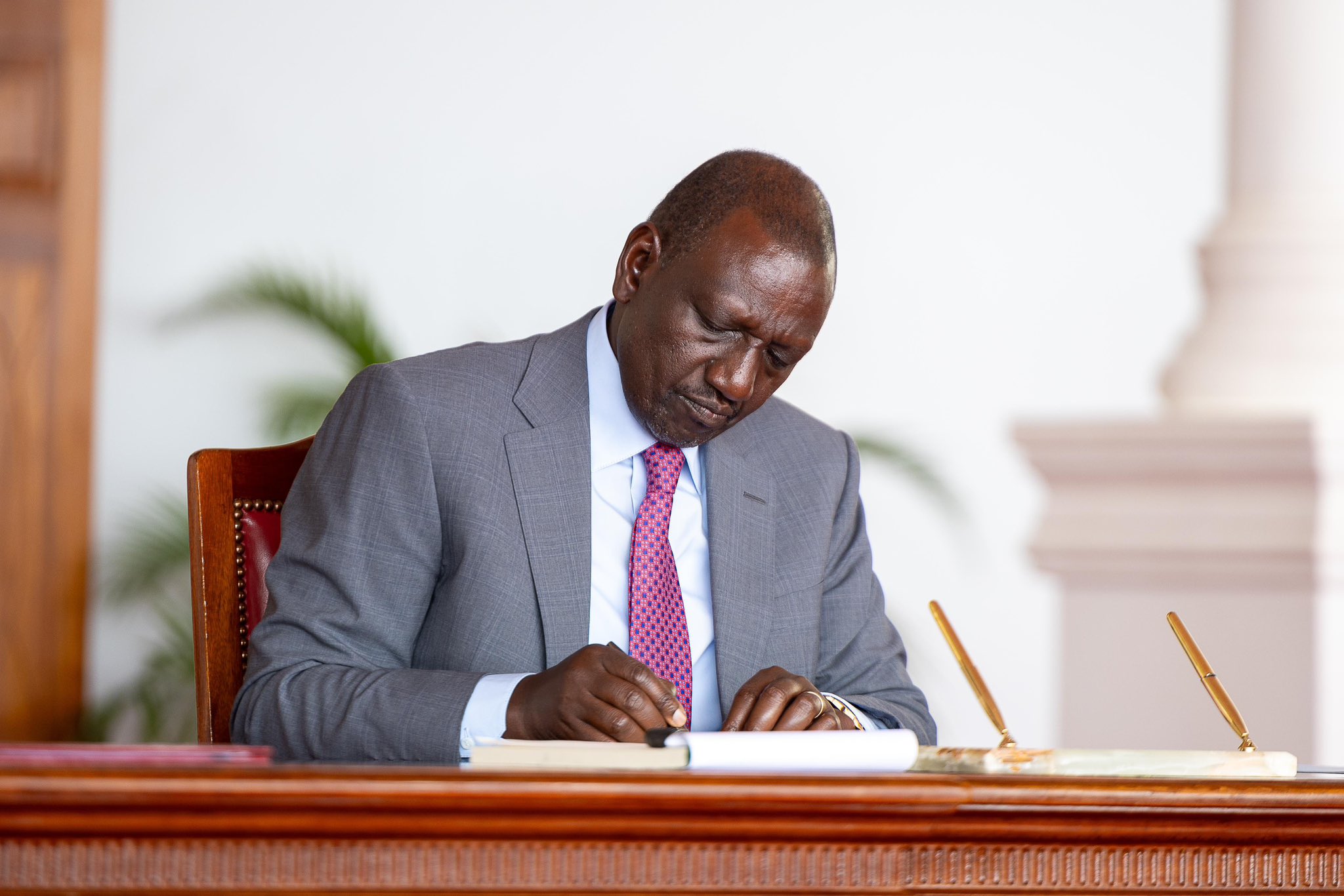The football world, led by FIFA, has come together to celebrate 95 years since the first FIFA World Cup held on July 13, 1930, in Uruguay, marking the start of the world’s most prestigious football tournament.
The 1930 tournament, despite limited European participation due to the Great Depression, showcased football’s global appeal, with teams from three continents.
It set the stage for future World Cups, now watched by billions, and highlighted Uruguay’s dominance, having won Olympic gold medals in 1924 and 1928.
First FIFA World Cup
The 1930 FIFA World Cup was the inaugural edition of the tournament, organized by FIFA (Fédération Internationale de Football Association) and held from July 13 to 30, 1930, in Uruguay.
Also Read: 6 Reasons Why FIFA Club World Cup Has Failed to Fill Stadiums & Gain Traction
Uruguay was chosen as the host to celebrate the centenary of its first constitution and due to the Uruguay national team’s success, having won gold medals at the 1924 and 1928 Summer Olympics.
The decision was made in 1929, but the Great Depression impacted European participation, with only four European teams (France, Belgium, Romania, and Yugoslavia) joining, alongside seven South American and two North American teams, totalling 13 participants.
The 13 teams were divided into four groups, with varying sizes, as Group 1 had four teams while the others had three.
The format was unique, with all matches played in Montevideo across three stadiums: Estadio Centenario, Estadio Gran Parque Central, and Estadio Pocitos.
The tournament saw 18 matches played, with 70 goals scored and a total attendance of 590,549.
The final, held on July 30 at Estadio Centenario, saw Uruguay defeat Argentina 4–2 in front of 68,346 spectators, making Uruguay the first World Cup champion.
Guillermo Stábile of Argentina was the top scorer with 8 goals, and Lucien Laurent of France scored the first goal in World Cup history during France’s 4–1 win over Mexico on July 13.
The Estadio Centenario was built specifically for the tournament and had a capacity of 90,000. It hosted the majority of matches, including the final, and is a symbol of football history.
The stadium’s role is further signified by plans for the 2030 FIFA World Cup opening match to be held there, honouring the centennial anniversary.
Impact and Legacy
The 1930 FIFA World Cup laid the foundation for what has become the most-watched sporting event globally.
Despite its small scale compared to modern tournaments (now with 32 teams and billions of viewers), it showcased football’s potential as a unifying global sport.
The tournament’s success, despite economic challenges, showed Uruguay’s dominance and set a precedent for future World Cups, held every four years except during World War II.
Also Read: Step-to-Step Breakdown of a Football Transfer Process
The final between Uruguay and Argentina was notable as the first and only World Cup final between two Spanish-speaking sides and two South American nations, a distinction not repeated since.
The disagreement over the match ball in the final (resolved by using Argentina’s ball in the first half and Uruguay’s in the second) is a historical event, reflecting early organizational challenges.
FIFA plans a series of commemorative events, including a documentary series and a “Century of Football” exhibition, tying back to the 1930 tournament’s legacy.
Follow our WhatsApp Channel and X Account for real-time news updates.
